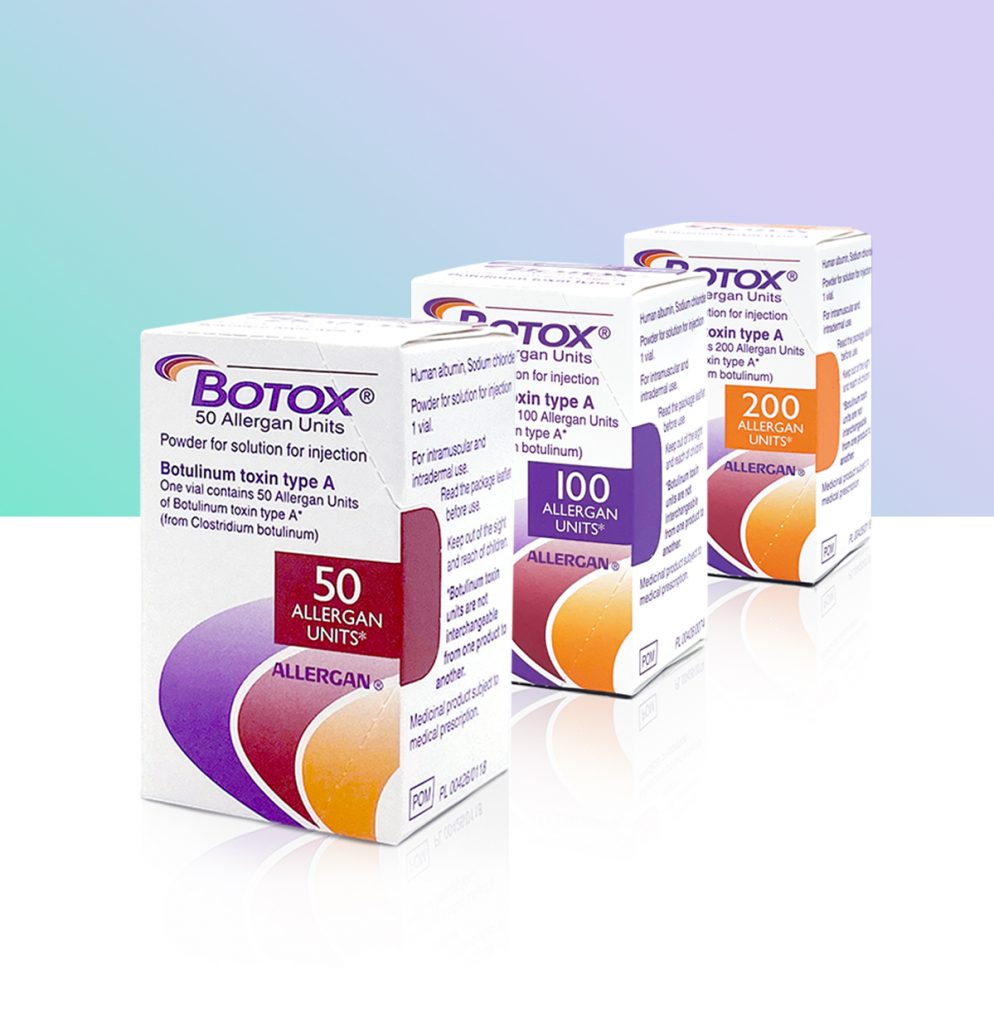When browsing online pharmacies and aesthetics suppliers, customers will often come across products labelled as ‘cold chains’. For those new to the aesthetics industry and its terminology, products marked as cold chain may cause confusion. With many popular products in the pharmaceutical sector being labelled in this way, Fox Pharma explores why temperature-sensitive products require a chain of precisely coordinated events to ensure they adhere to regulatory requirements.
Cold chain products explained
A cold chain product is any product that is temperature-sensitive, with pharmaceuticals being a common example. Products within this sector rely heavily on special management to ensure optimal product efficacy, safety, and adherence to regulatory requirements.
The temperature-controlled chain compromises a stringent process of refrigeration production and storage and distribution facilities, supported by equipment that can constantly maintain the required low temperatures that cold chain products need.
Any disruption to the management logistics may result in product spoilage, waste, loss, and health risks for patients, especially when it comes to aesthetic products. For example, some cold chain products require a constant, cool temperature range from the time they are manufactured until they are used within clinics.
Sometimes, the temperature requirements of these products are so exact that if the temperature happens to fall outside of this, even for a short time, the product could lose its potency and become unfit for use. This is why handlers need to respect all logistics.
The logistics of cold chain products
Efficient management and logistics processes are critical to maintaining the effectiveness of cold chain products and their high-quality standards. The logistics of these products are a finely-tuned and intelligent process, requiring multiple stages.
- Storage: Protecting cold chain products starts with cold storage facilities and equipment.
- Packaging: As products leave storage facilities, cold packaging is key to maintaining and monitoring temperature and security. These keep the products cold, improve transportation efficiencies, and prevent potential damage to the product.
Delivery: This stage demands specialised refrigerator transportation to keep the flow of goods moving safely and securely – whilst maintaining the correct temperature.
How should cold chain products be stored
Cold chain products may spoil, become unsafe, and even be dangerous to a patient’s health if the correct temperature and environment are not maintained throughout the cold supply chain. Therefore, it is crucial that cold chain products are stored correctly. When storing any of these products, especially aesthetic devices, a regular refrigerator will not suffice to keep these products at a stable temperature. Instead, a dedicated medical fridge is required to ensure that these products are stored within a certain temperature range.
Unlike a standard, domestic fridge, medical fridges provide unrivalled levels of temperature control and monitoring which is crucial for the security of these specialised products. Most medical fridges are fitted with alarms that automatically sound an alert if the temperature falls outside of the required range. This allows practitioners to intervene with the temperature to avoid spoiling and potential damage to the products. For the medical fridge to work to its optimal capacity, products must be stored in a certain way to avoid spoilage
This includes following certain steps, such as:
- Leaving 1cm of space between products
- Ensuring the products do not touch the back of the fridge
- Ensuring the fridge is never more than 75% full
- Cleaning the inside of the fridge twice a month for hygiene purposes

Examples of cold chain products
One of the most well-known cold chain products in aesthetics is anti-wrinkle injectables. More formally known as botulinum toxins or Botox, anti-wrinkle injectables require a specific temperature to ensure the product stays safe for administration. Although temperature ranges differ for these products, most anti-wrinkle injectables have a refrigeration temperature of between 2°C and 8°C. Taking Botox as an example, unopened vials should be stored in a medical refrigerator for up to 36 months for the100UIvial, or up to 24 months for the 200UI vial. Reconstituted Botox should also be stored in a refrigerator and should be clear, colourless, and free of particulate matter.

Cold chain products at Fox Pharma
At Fox Pharma, we have a wide range of cold chain products for you to choose from. If you’d like some assistance choosing the correct one for you, don’t hesitate to contact us today.




Leave A Comment
You must be logged in to post a comment.